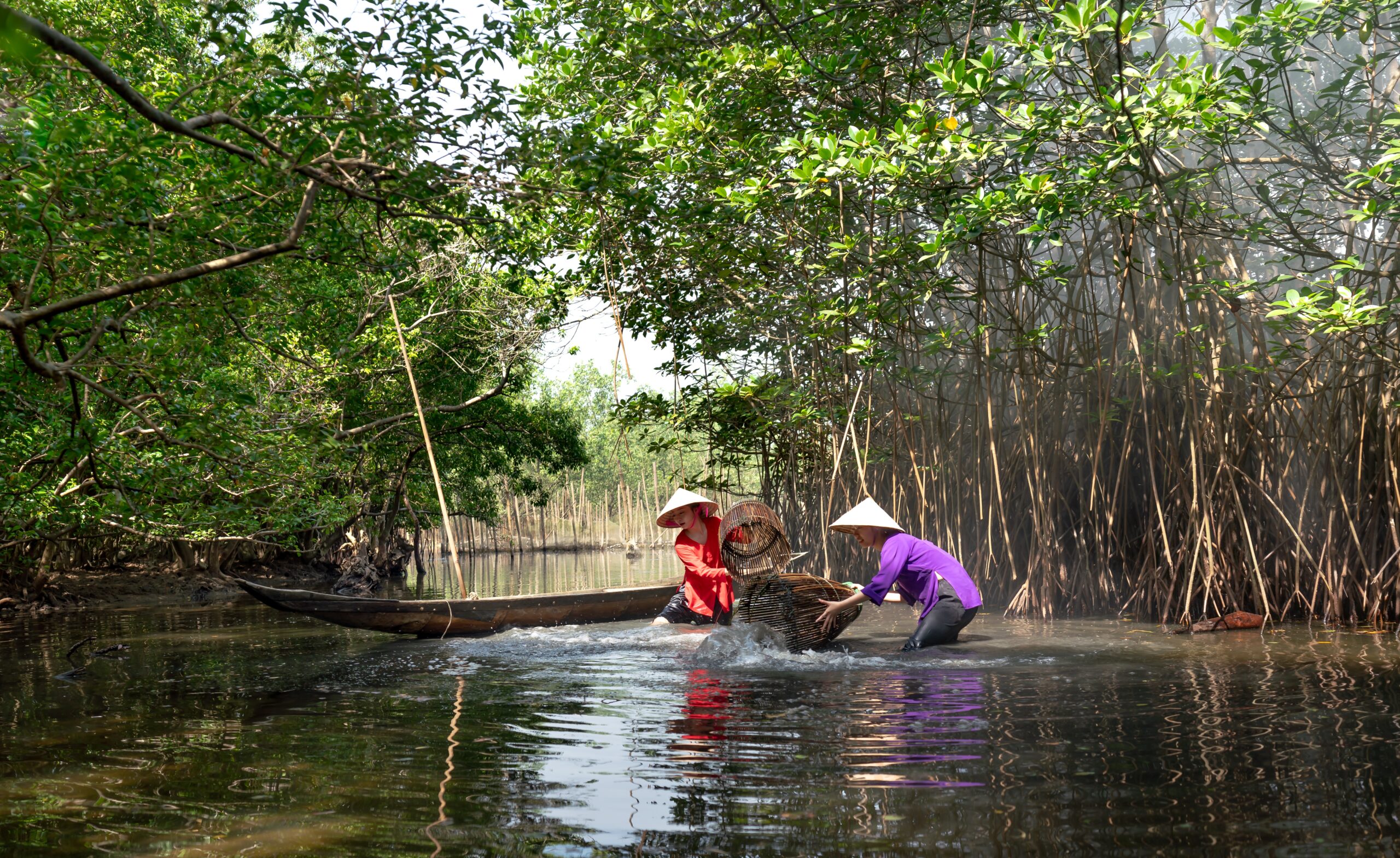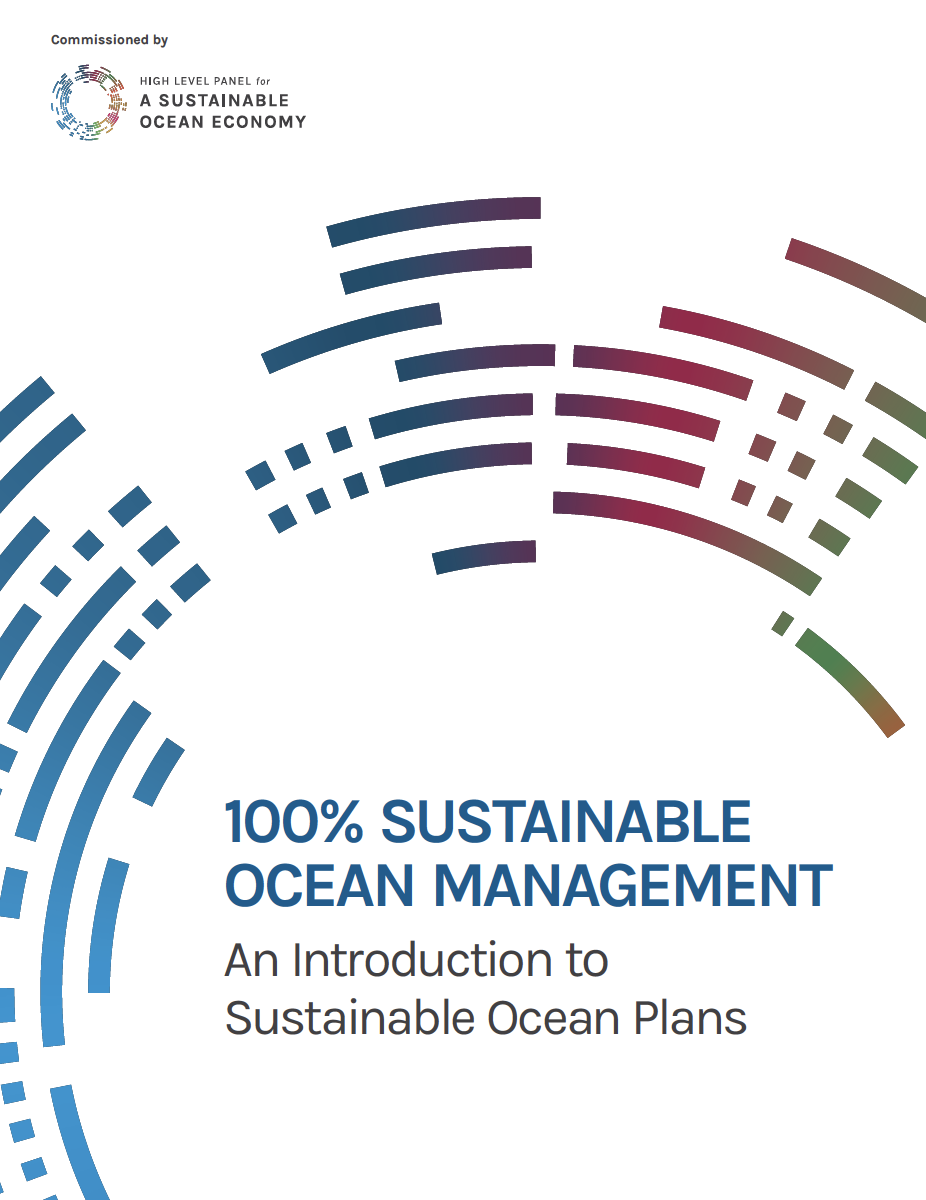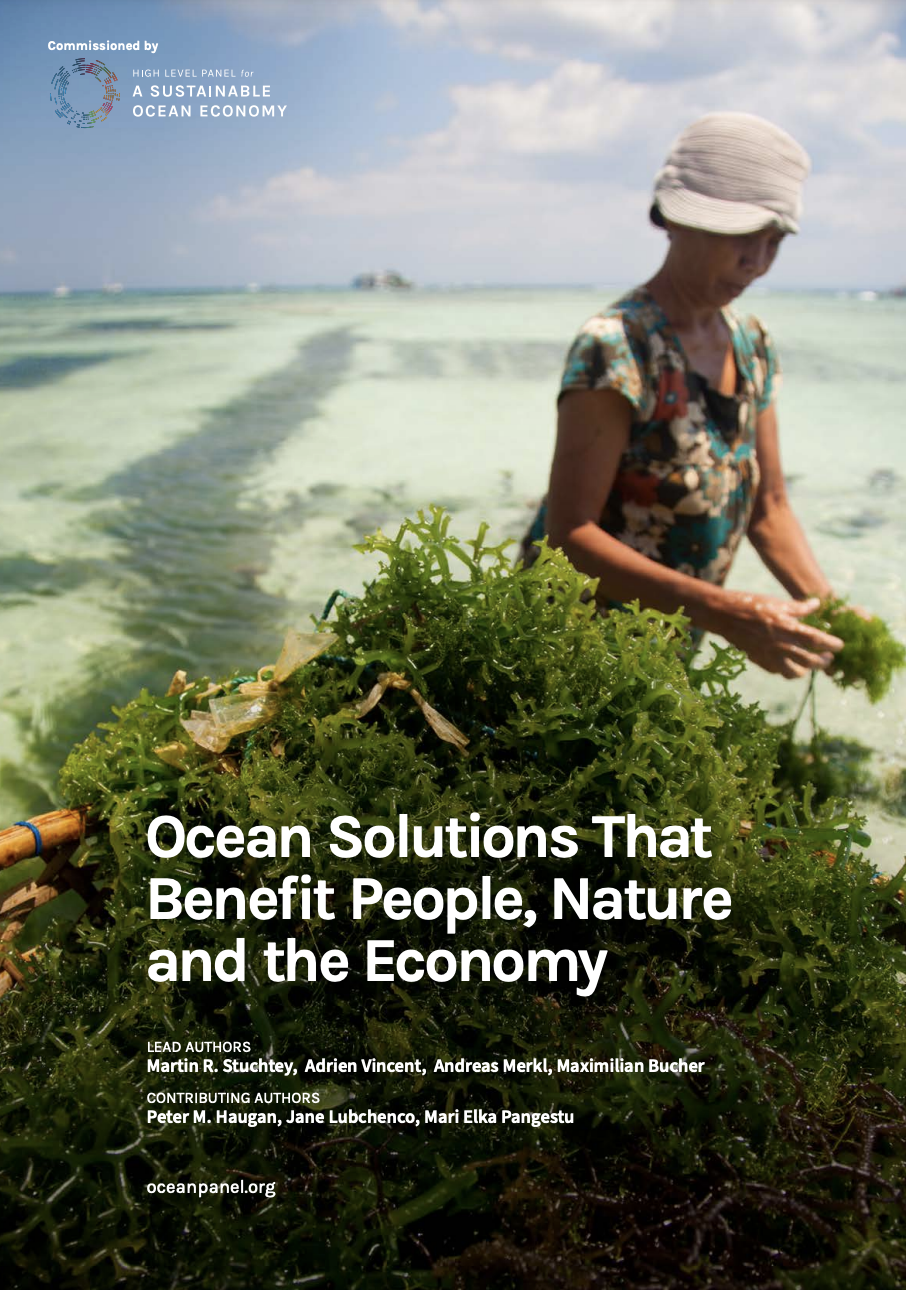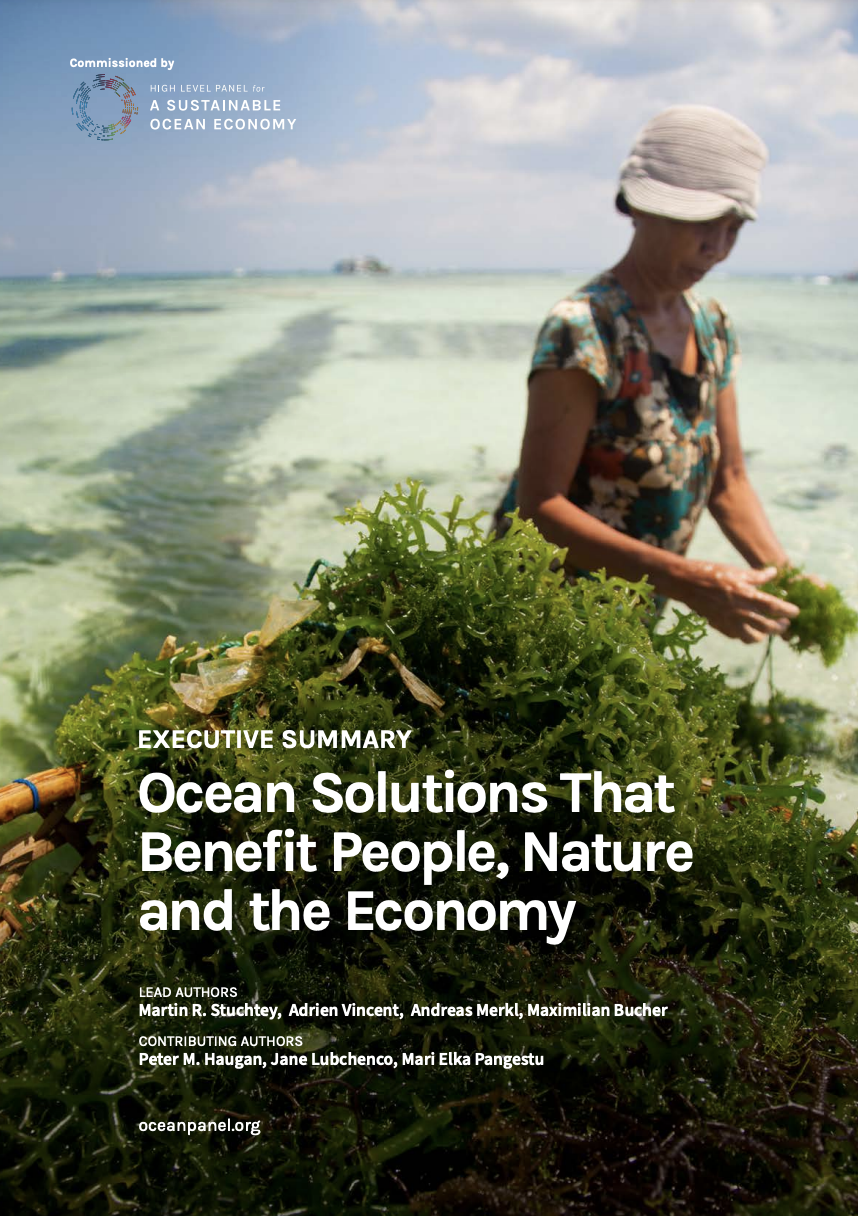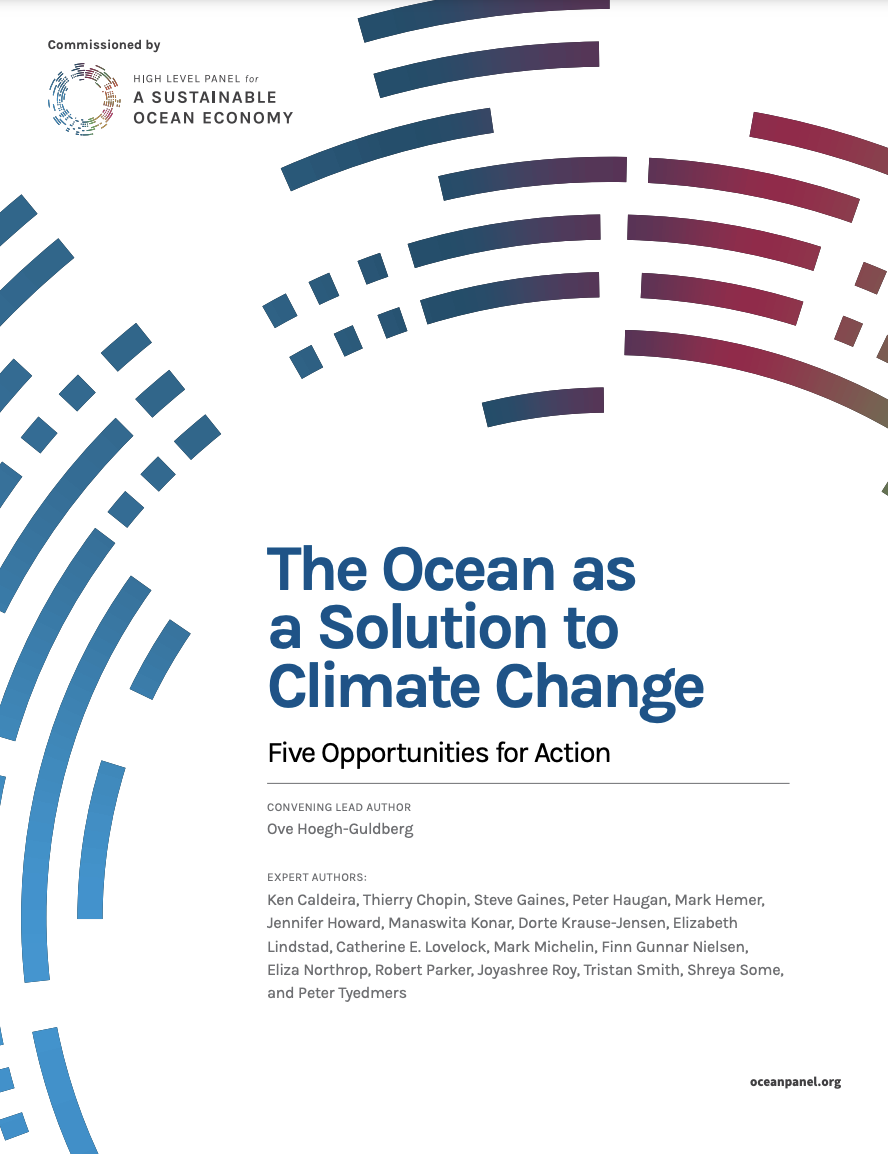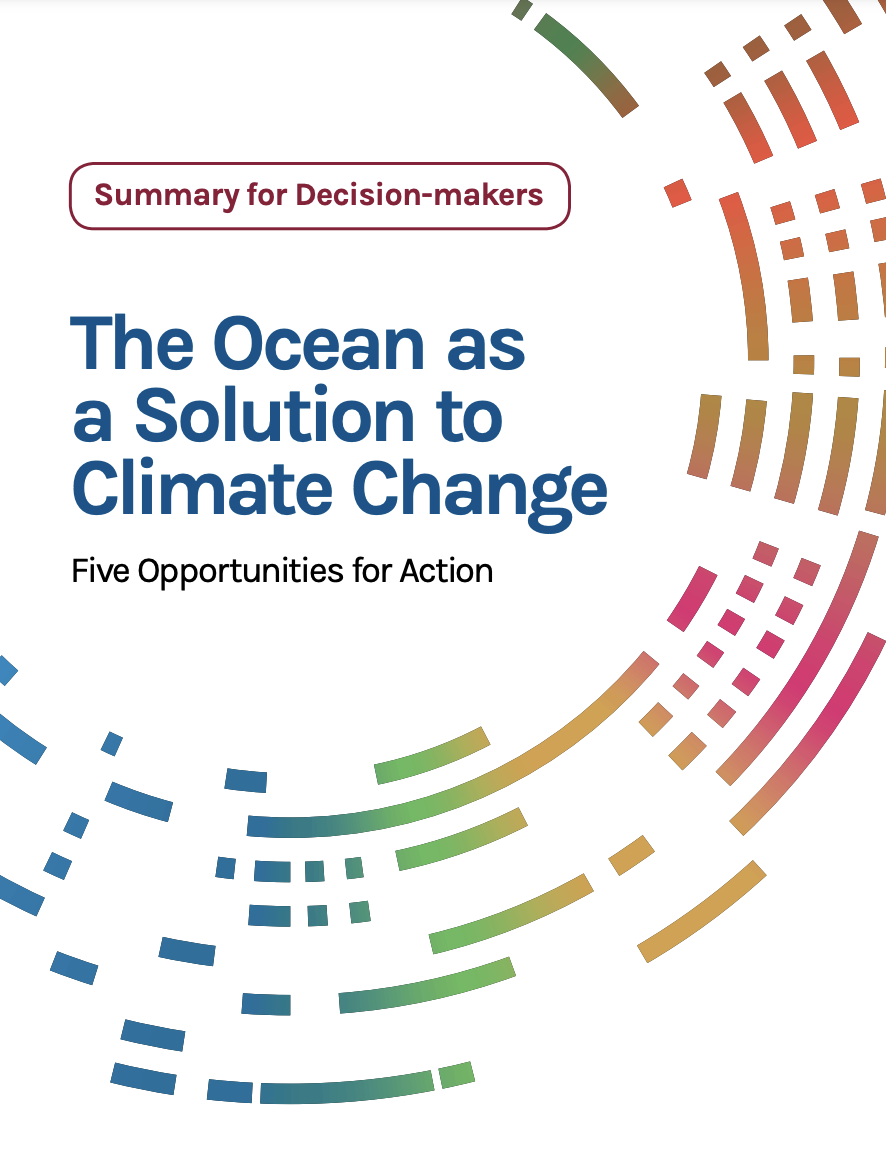With the urgent need for accelerated climate action to halt the worst impacts of climate change, the world’s coastlines offer a natural solution in ‘blue carbon’ ecosystems that can have an immediate impact.
Blue carbon ecosystems such as mangrove forests, seagrass beds and tidal marshes are vital natural assets. Their importance in helping to mitigate climate change is, on its own, a strong argument for their active protection and conservation. Yet, these ecosystems also provide a myriad of other local and global benefits such as enhancing biodiversity, supporting the food and economic security of coastal communities, and buffering and protecting coasts from erosion and flooding, reinforcing their wider importance for sustainable development.
While global interest in blue carbon is rising, the full potential of this nature-based solution for delivering on the ambitions of the Paris Agreement, the Kunming-Montreal Global Biodiversity Framework, and a sustainable ocean economy is not yet being realised. Meanwhile these ecosystems continue to be destroyed and degraded worldwide.
About the Blue Carbon Handbook
‘The Blue Carbon Handbook: Managing blue carbon as a nature-based solution for supporting sustainable development’ is an essential guide to blue carbon ecosystems and the benefits they provide to people and nature.
The handbook was developed to provide decision-makers with a broad understanding of blue carbon, and to help support decision-making and project implementation.
It covers topics ranging from the sequestration potential of different blue carbon ecosystems to the policy landscape surrounding blue carbon and the carbon market and other financing options for blue carbon projects. This report can be read ‘cover to cover’, or used as a quick reference guide.
Handbook DOI: https://doi.org/10.69902/566a16de


 Previous
Previous
